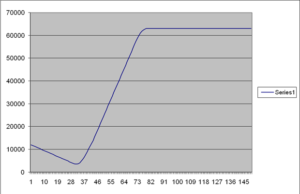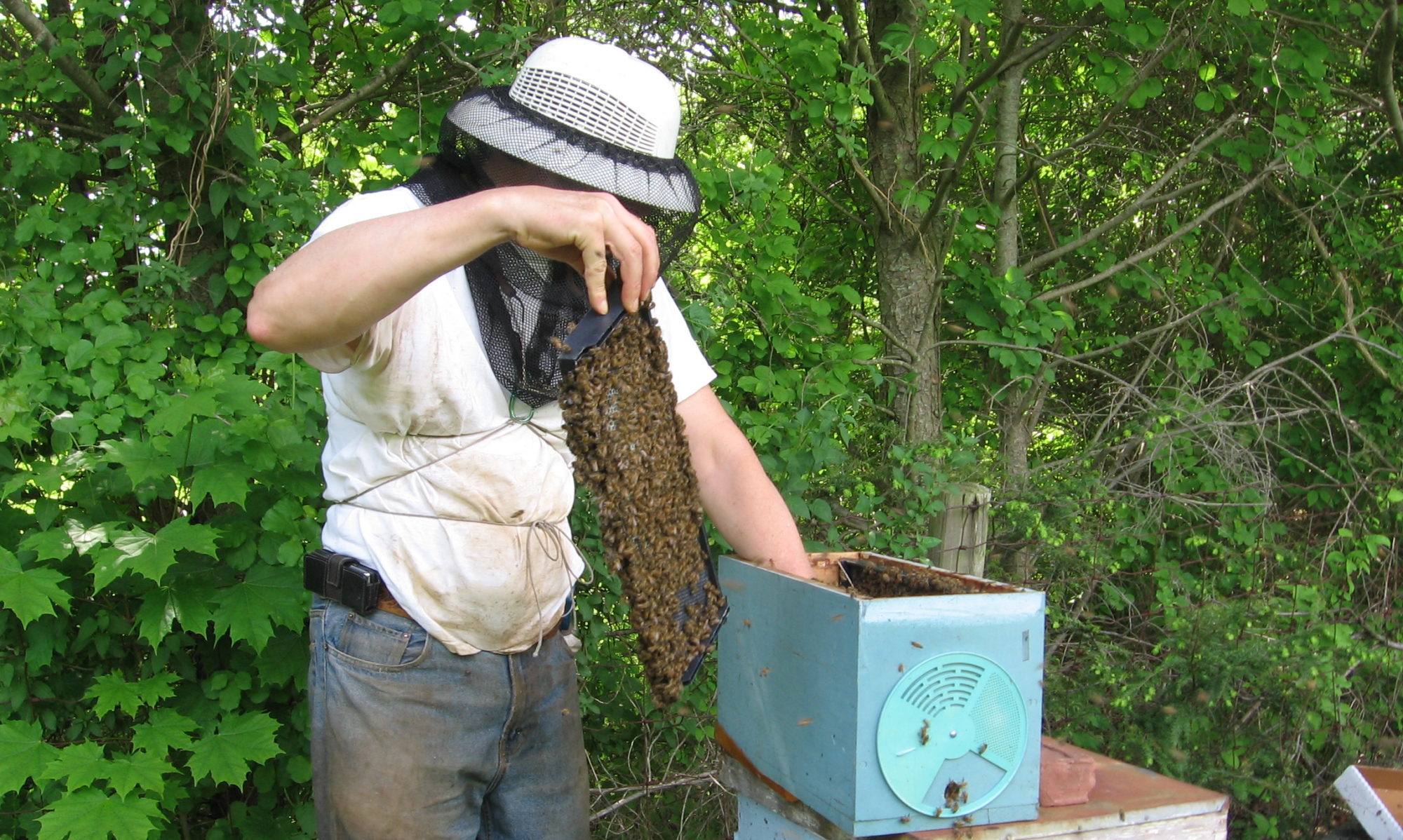For some reason, you are considering becoming a beekeeper. This is a person who manages and cares for honeybees in a hive, typically on their property. I tell my students that they should plan on spending at least $1000 to start as a a beekeeper. This will set you up with the equipment and bees to keep two hives. Two hives so that you can more quickly spot a problem and have the resources to address the problem. With all of the problems bees are having, with luck, you will have one colony survive each winter and then you can replace your loses by proper management techniques. After the first year, you could average 40 pounds of honey per hive. You should plan on spending an average of one hour per month per hive as a hobbyist beekeeper.
A bee-haver is someone who gets honeybees, puts them into a hive, and ignores them. The bees of a bee-haver may live one to three years if they are lucky and then the hive becomes a source of bee diseases to the local bees or is completely destroyed by wax moths and mice. If you want honeybees on your property but do not want to learn about them and manage them, locate a local beekeeper and find out if you have the conditions where he would be interested in having bees on your property as an Out-yard. (See Bee Yards Wanted)
If you are interested in starting as a beekeeper, try to have six months or more to prepare for your first bees. This time will be spent in learning about bees, visiting a bee yard with a beekeeper, ordering equipment and bees, preparing the equipment and site, all before your bees are available for pickup. I really encourage you to attend a true novice beekeeping class. Too often, I see people attend a beekeeping conference, selecting a couple seminars and then think that they have a good overview. Not true! A good novice class will cover the honey bee biology, basic equipment options, the normal beekeeping year, the unique situation of first year beekeeping and the continuation years. You should also get some time in the bee yard if the season is right.
There are a lot of equipment options with individual advantages and disadvantages. Honey is heavy. remember that when you select your equipment.
There are a number of honey bee races and there has been a lot of selective breeding and crossing of races so see what beekeepers in your area are using with success.
Honey bees are normally ordered January through March with delivery in April or May. There are two main methods of recieving your starter honey bees; Package or Nuc. A Package contains a young, mated queen and about 12,000 bees. The queen has been pulled from her mating nuc and put into a separate cage suspended in the mass of bees shaken from one or more individual colonies, and then shipped to you. Nucs are specified by the number of frames and sizes of frames. A standard nuc is generally four or five deep frames in a five-frame box, the fifth space taken up by a feeder in many cases. I contains a laying queen, brood of every age, and probably about 8-12,000 adult bees. An alternative size may be a six-frame Medium nuc.
A package is a queen and 3 pounds of bees (~12000). Put into a hive with foundation, they have to draw the comb before they can start storing food or the queen can start laying. They start dying immediately but there are no bees emerging to replace them for approximately 1 month. In that time, the population declines to less than ~5k and that limits the growth rate.
A standard Nuc comes with a queen laying on four frames of comb and bees at every stage of development. Consequently, a Nuc starts ~45 days ahead of a package and we have been able to get them at equivalent delivery times to the packages so, with our early honey flows, it can make a difference between honey production and just managing to get ready for the winter. A Nuc can transport a few more diseases than a package so you need to deal with a reputable dealer.
MAAREC (Mid Atlantic Apiculture & Extension Consortium) has a page on Nucleus colonies with advantages and disadvantages of nucs compared to packages at: https://agdev.anr.udel.edu/maarec/beginning-beekeeping-2/nucleus-colonies/ ; and a separate page on packages of bees at: https://agdev.anr.udel.edu/maarec/beginning-beekeeping-2/package-bees/
Below is only my opinion:
I have come to the conclusion that a nuc is the better starter for Michigan because of our early flow from many types of trees. A nuc can produce excess honey the first year. It is difficult to do that with a package of bees because it does take them longer to get going. Below is a model of a package growth curve. You can see that the Nuc has a lead of about 45 days over the package. A May nuc is about equivalent to an early April package and a June nuc is about equivalent to an early May package.

